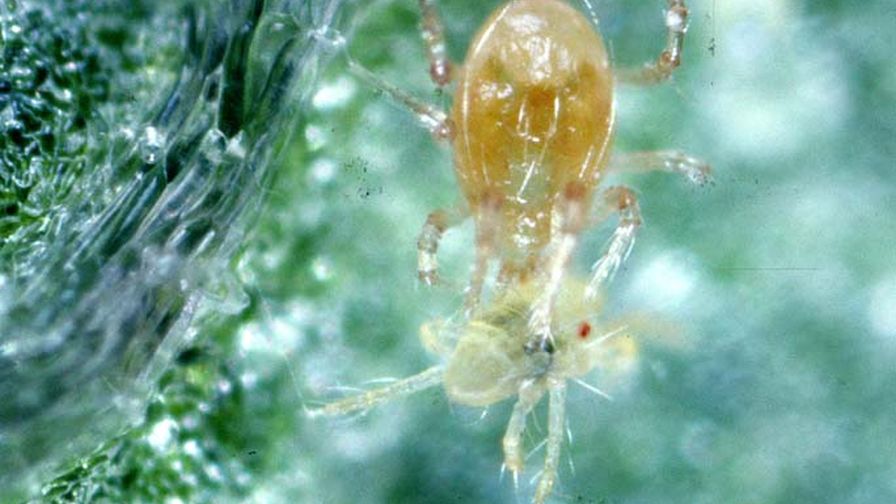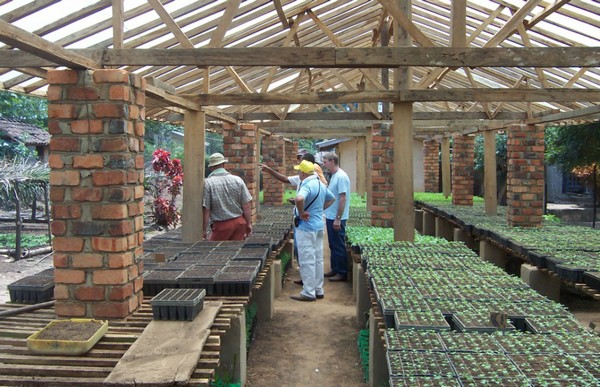Sooko Village, located in the Sooko District, has embarked on a groundbreaking initiative to ensure food security and promote economic self-sufficiency within the community. This program, which leverages hydroponic vegetable gardening and biofloc fish farming, is transforming unused land into productive agricultural enterprises under the management of the Village-Owned Enterprises (BUMDes).
The village head, Heppy Iswahyudi, emphasized that these projects, initiated last year, were chosen for their high economic value. “These initiatives are developed through community empowerment to guarantee food availability for the local population and enhance economic potential through community-managed enterprises,” Heppy explained.
Hydroponic Vegetable Gardens
The hydroponic gardens were developed to address the challenges posed by densely populated areas where land is scarce. Hydroponics, a method of growing plants without soil by using mineral nutrient solutions in an aqueous solvent, is particularly suitable for urban and peri-urban areas where space is limited. According to recent studies, hydroponic systems can produce yields up to three times higher than traditional soil-based agriculture and use 90% less water.
Heppy highlighted that the hydroponic gardens not only serve as a source of fresh vegetables but also function as an educational tool for the community, particularly students. This aligns with global trends, where hydroponics is being increasingly adopted in urban farming initiatives to improve food security and sustainability.
Biofloc Fish Farming
In addition to hydroponics, Sooko Village has implemented biofloc technology for freshwater fish farming. Biofloc is an innovative system that promotes high-density fish production in a limited space by enhancing water quality through microbial activity. This system not only increases productivity but also reduces the need for water and feed, making it a cost-effective and sustainable method of fish farming.
Heppy pointed out that biofloc systems are particularly advantageous due to their rapid harvest cycles, which can boost local fish supply significantly. Recent data shows that biofloc systems can increase fish yield by up to 50% compared to traditional aquaculture methods. This makes biofloc technology an attractive option for communities with limited land resources.
Economic and Social Impact
Managed by the Village-Owned Enterprises (BUMDes), these two ventures have had a substantial impact on the community. They provide a steady supply of fresh vegetables and fish, ensuring local food security and reducing dependency on external food sources. Additionally, the economic benefits from these enterprises contribute to the overall welfare of the village.
The success of Sooko Village’s initiative reflects a broader movement towards innovative agricultural practices that maximize resource efficiency and sustainability. By integrating hydroponic and biofloc systems, Sooko Village not only addresses food security challenges but also sets a model for other communities to follow.
Sooko Village’s commitment to innovative agricultural practices through hydroponics and biofloc systems demonstrates a proactive approach to food security and community empowerment. By transforming unused land into productive ventures, Sooko ensures a reliable supply of fresh produce and fish while fostering economic growth and sustainability. This initiative serves as a compelling example for other regions looking to enhance their food security and economic resilience through modern agricultural technologies.










